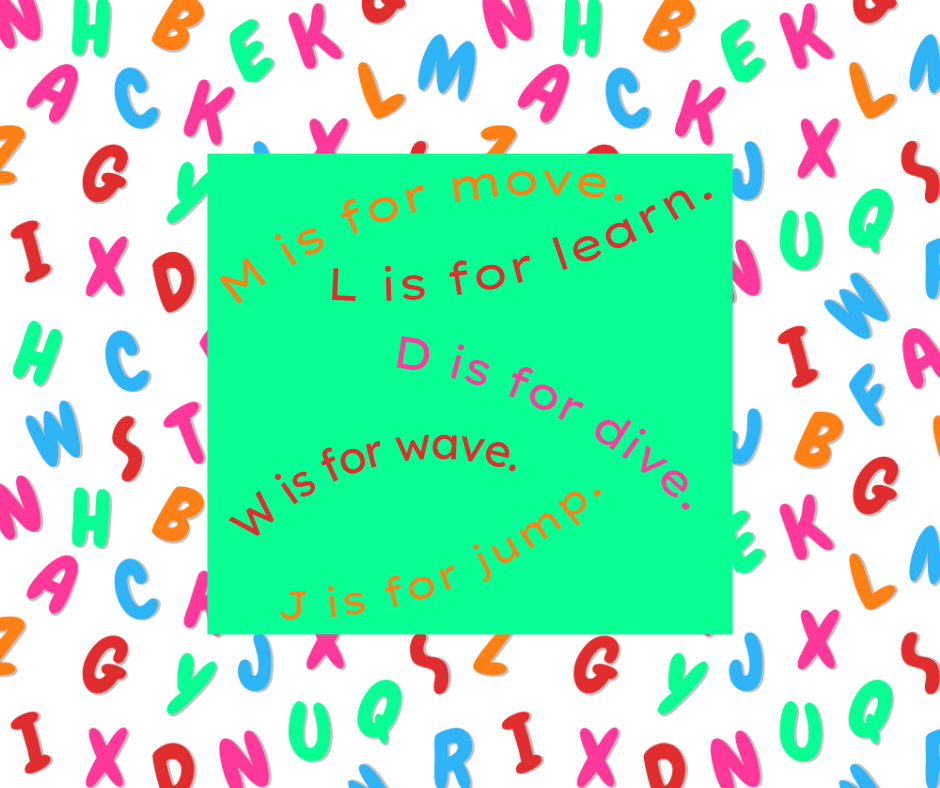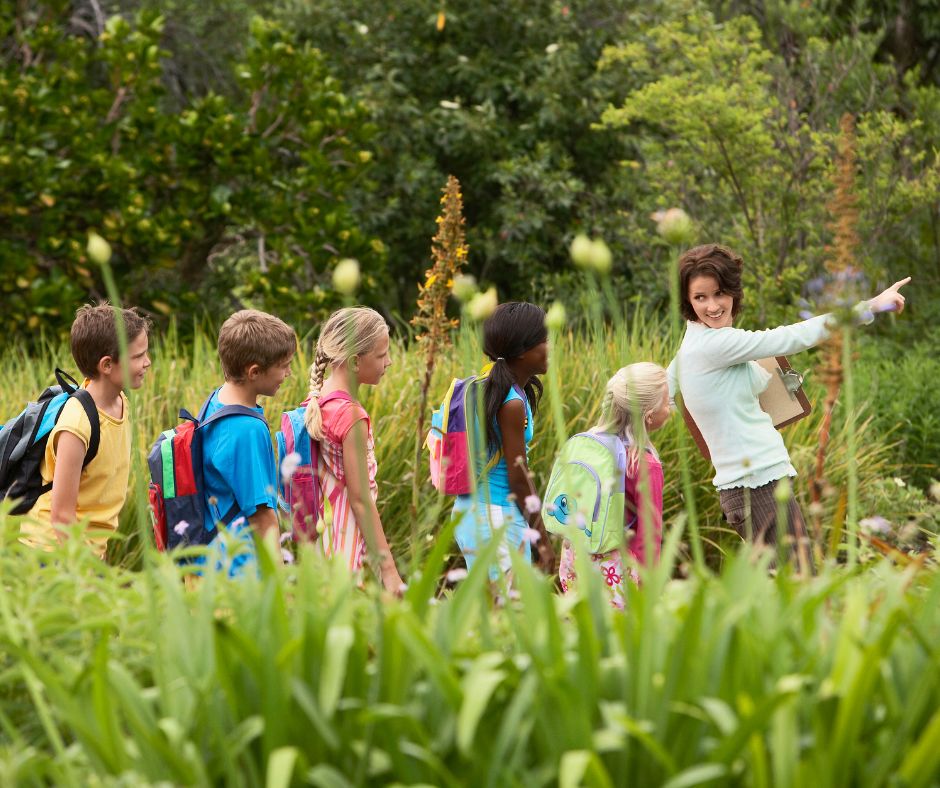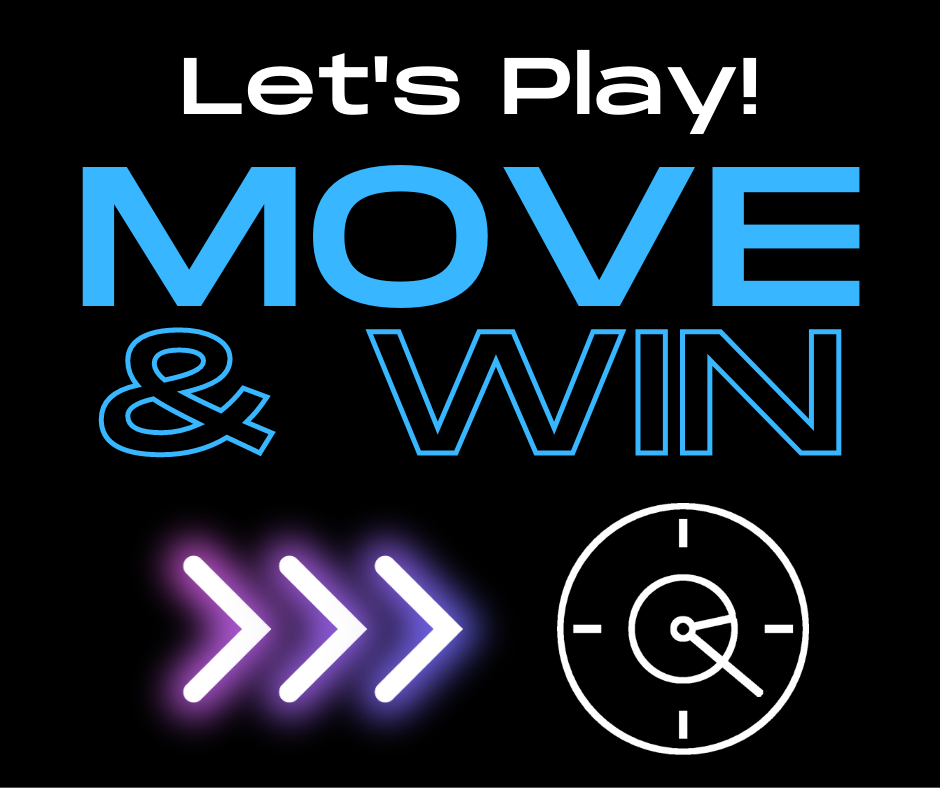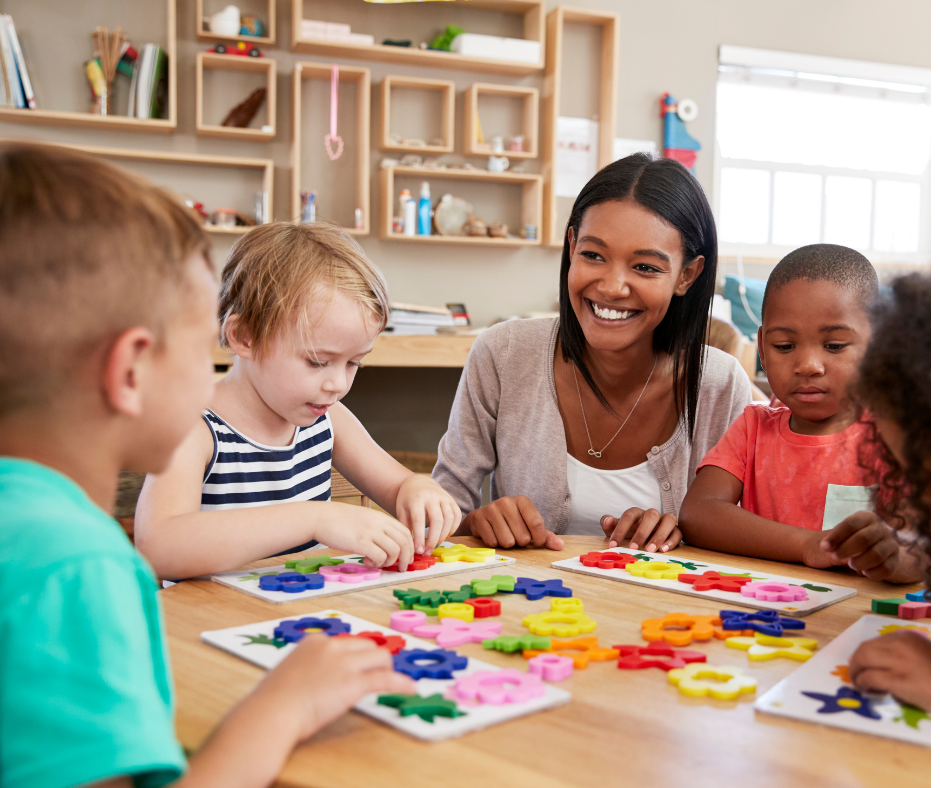
How Can Movement in the Classroom Support Phonics and Phonemic Awareness Lessons?
At Walkabouts, we understand how movement in the classroom can support academics. Walkabouts are fun lessons that bring key concepts to life through active learning techniques tied to evidence-based practices, such as the science of reading. The science of reading is ever-evolving educational research that examines what it takes to get students to learn to read.
The science of reading fundamentals of what matters in early literacy instruction includes:
- Phonics and word recognition
- Phonemic awareness
- Fluency
- Vocabulary and oral language comprehension
- Reading comprehension
Phonics and phonemic awareness in particular are important literacy focuses during the formative years of early education when students learn how to connect letters to specific sounds of spoken language. This helps to wire the brain’s pathways to connect spoken sounds to visual words. This foundational understanding of how the brain connects speech to print becomes the center of structured literacy practice as students identify patterns with familiar and unfamiliar words in order to build fluency.
Paired with evidence-based literacy practices, there are benefits of targeting learning with movement and its positive effects on the brain. Regular physical movement has been shown to have a favorable impact on the brain in areas tied to development and memory.
Although phonics and phonemic awareness activities may sometimes seem redundant and overly repetitive, they have been proven to be both necessary and integral parts of clear and intentional reading instruction. However, this learning doesn’t have to be boring to students (or teachers!). Instruction becomes more engaging when students understand the why paired with the right resources and appropriate support for success. Combined with physical activity, phonics lessons that incorporate movement help blood flow and oxygen to the brain to enhance cognitive functioning for learning.
Pair movement with these phonics and phonemic awareness activities that support the science of reading to improve literacy outcomes for your students.
1. CONSONANT SOUNDS MOVEMENT
In this activity, students will learn or review words that begin with a targeted consonant sound and have corresponding movements. Create your own movements for each letter, or use the following ideas. The movements below begin with the targeted consonant letter and will help to reinforce the consonant sounds. Tell students the letter name, the letter sound, and associated movement, and demonstrate the movement for them. Then, ask the class to say the letter name, the letter sound, and do the movement with you.
- B = bow (fold body in half)
- C = cross (jump and cross arms in in front of chest and one leg in front of the other)
- D = dive (hands meet at the top of the head and move downward)
- F = fan (move hands left to right and right to left)
- G = grab (pretend to grab something)
- H = hop in place on one foot
- J = jump in place with both feet
- K = kick (small kick forward while being mindful of others and objects)
- L = lunge from side to side
- M = march in place
- N = nail (pretend to hit a nail with a hammer)
- P = push (pretend to push an imaginary object)
- R = rock from side to side like a metronome
- S = slide (slide to the left, slide to the right)
- T = touch your toes
- V = violin (mimic playing the instrument)
- W = wave
- Y = yes (nod head up and down in yes motion)
- Z = Zzzs (mimic sleeping by closing eyes, tilting head, and putting folded hands on the side of the head)
2. LETTER/SOUND STOMP
In this activity, students will stomp to identify letters and the corresponding letter sounds. Place a set of alphabetical index cards or sticky notes on the floor near a table (if working in pairs or groups) or on the floor in the front of the room (if working as a whole group and taking turns). Say a letter name or letter sound. Tell students to stomp the letter that corresponds with the letter name or letter sound. If desired, after students have stomped a letter, ask them to name another word that begins with the targeted letter.
3. BEGINNING AND ENDING SOUNDS REVIEW
In this activity, students will listen to pairs of words and identify beginning and ending sounds. Tell students you will say a pair of words, and they should decide whether the beginning or ending sounds in the pair matches. Use word pairs that match and begin/end with the same sound (bag and bat, cap and tap) or word pairs that do not match and begin/end with different sounds (bag and cap, bat and tap). If the words match, tell students to reach up and jump up (or another action). If the words do not match, tell students to squat (or another action). If desired, write the word pairs on the board, and ask students to decide whether the beginning or ending sounds in the pair matches.
These phonics and phonemic awareness movement activities are sure to engage students in their literacy journey.
The Walkabouts platform activates elementary content with fun, standards-based movement, making it easy for teachers and parents to create kinesthetic learning activities. Walkabouts are correlated to state standards and educational research to better students’ academic outcomes. Ready to try Walkabouts? Sign up for a 30-day trial subscription today!





